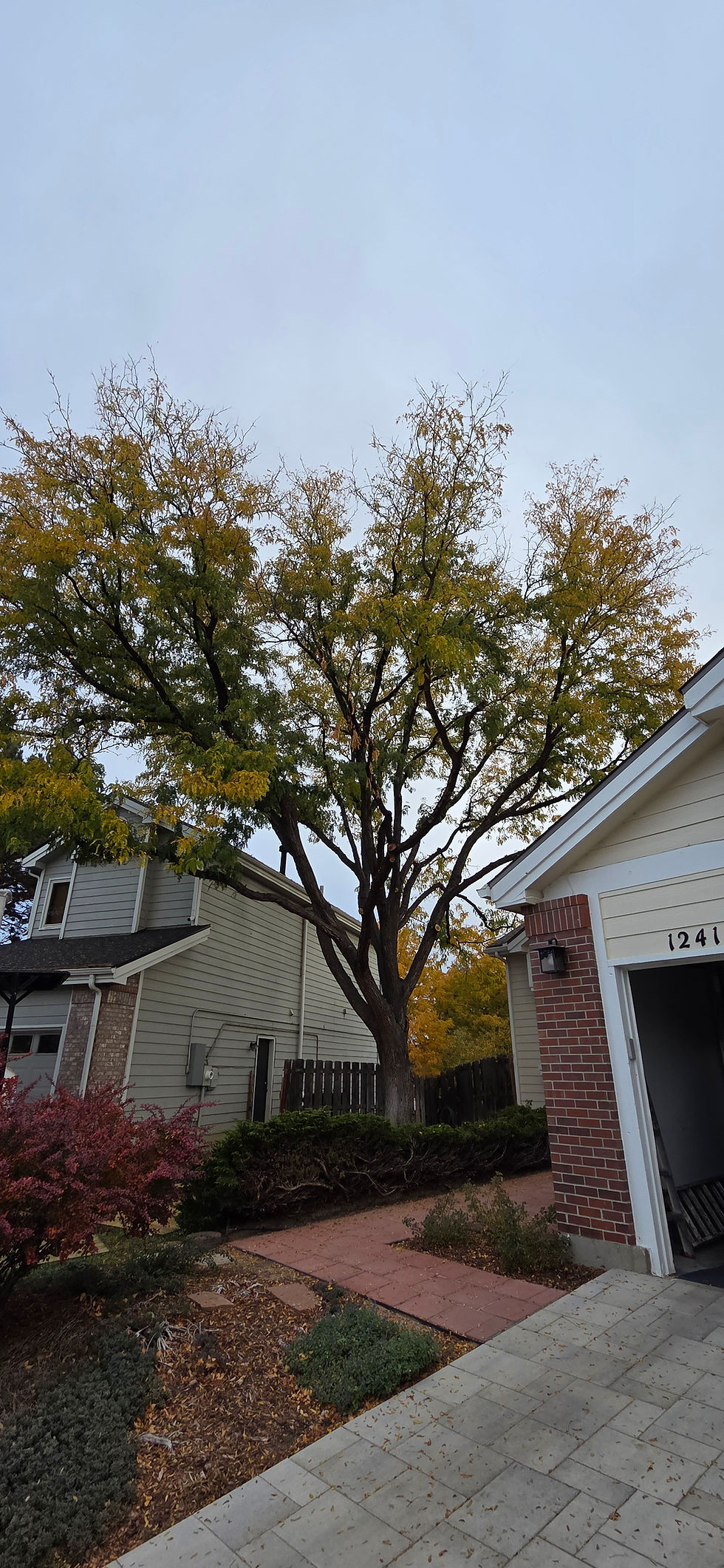How Weather Conditions Affect the Health of Your Trees in Boulder
- Riverdale Tree Services

- Aug 23, 2024
- 2 min read

Weather conditions play a crucial role in the health and vitality of trees in Boulder, Colorado. The city's unique climate, characterized by its high altitude, dry air, and variable weather patterns, can significantly impact the growth and survival of both native and non-native tree species.
Boulder's semi-arid climate, with an average annual precipitation of about 20 inches, presents challenges for trees. During periods of drought, which are not uncommon in the region, trees may experience water stress. This can lead to weakened root systems, reduced growth, and increased susceptibility to pests and diseases. Conversely, sudden heavy rainfalls or spring snowmelt can cause soil erosion and root damage, particularly on Boulder's sloping terrains.
The dramatic temperature fluctuations common to Boulder can also affect tree health. Rapid changes from warm to freezing temperatures, especially in late fall or early spring, can cause frost damage to new growth or bark splitting. These temperature swings can also lead to sunscald on the south and southwest sides of tree trunks, particularly in younger or thin-barked trees.
High winds, another frequent weather phenomenon in Boulder, can cause physical damage to trees. Strong gusts can break branches, strip leaves, and in severe cases, uproot entire trees. This is particularly problematic for shallow-rooted species or trees weakened by other environmental stresses.
Boulder's abundant sunshine, while generally beneficial for photosynthesis, can sometimes be too intense. The combination of high altitude and clear skies can lead to increased UV radiation exposure, potentially causing leaf burn or premature aging of tree tissues. This is especially true for non-native species that may not be adapted to such high light levels.
Winter weather in Boulder brings its own set of challenges for trees. Heavy wet snow can accumulate on branches, leading to breakage, especially in trees that haven't yet lost their leaves. The freeze-thaw cycles common in Boulder winters can cause frost cracks in tree trunks and damage to root systems.
Despite these challenges, many tree species thrive in Boulder's climate when properly cared for. Regular watering during dry spells, mulching to retain soil moisture, and proper pruning to remove weak or damaged branches can help trees withstand the variable weather conditions. Additionally, choosing tree species that are well-adapted to Boulder's climate can ensure healthier, more resilient urban and residential forests that can better withstand the city's unique weather patterns.
303-881-0018





Comments